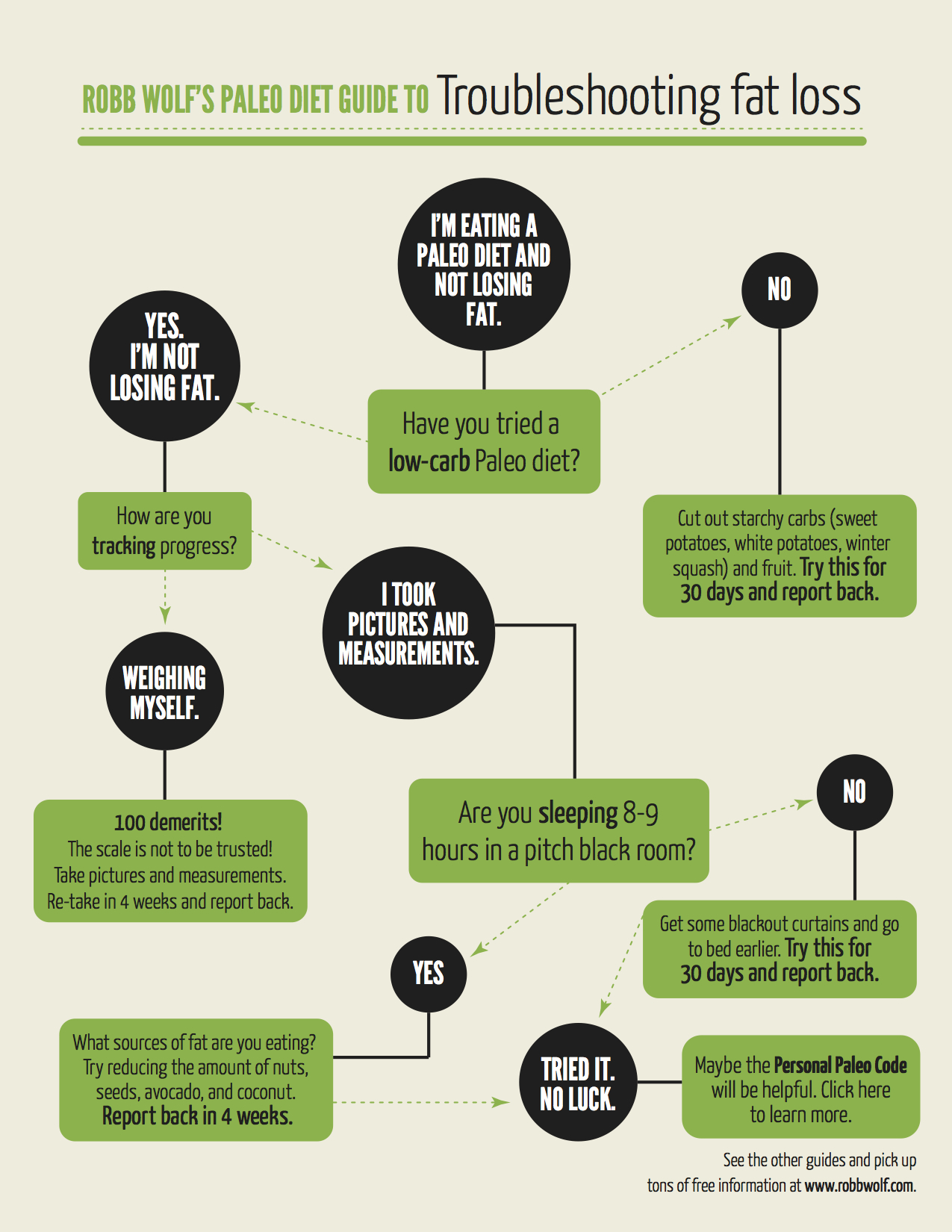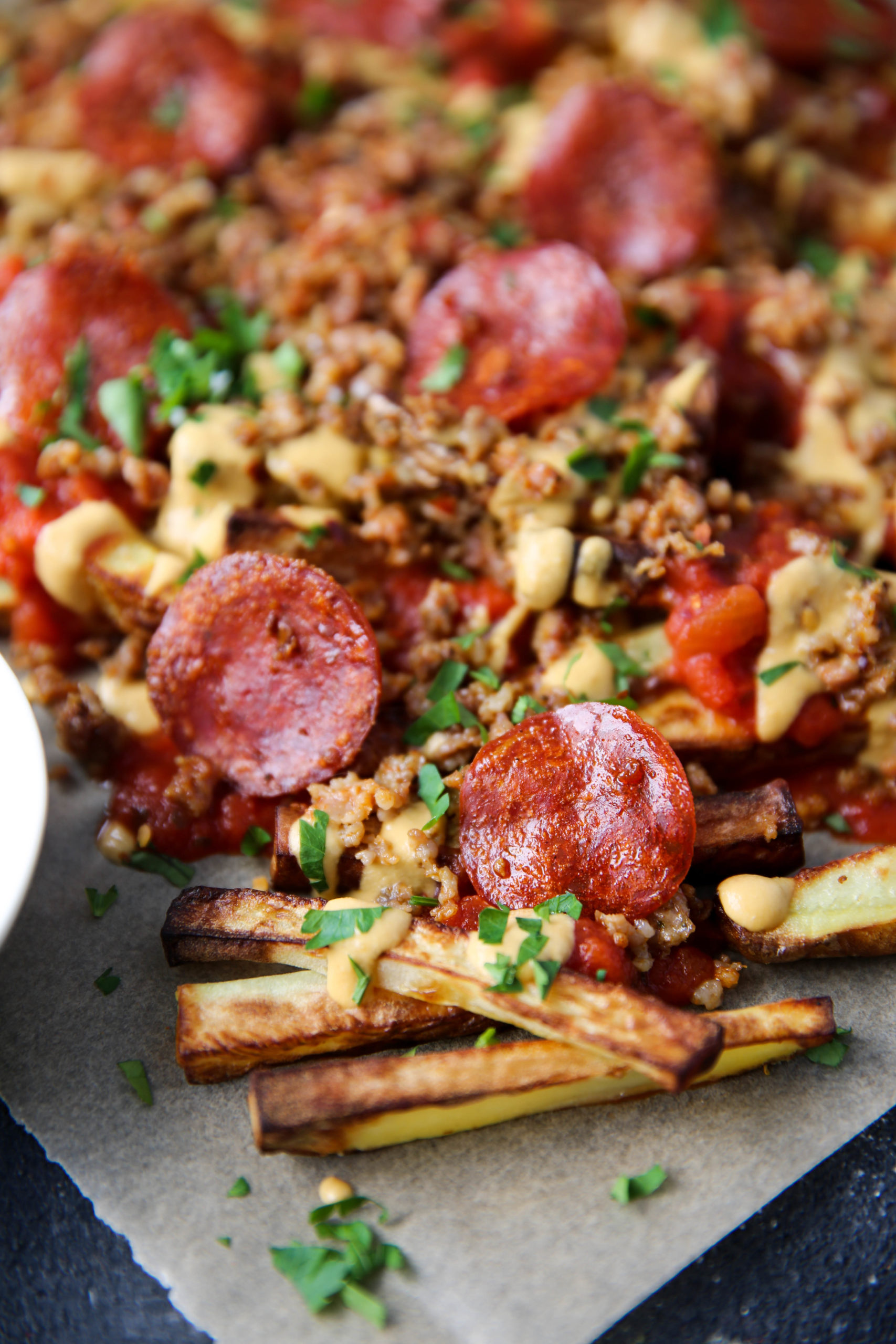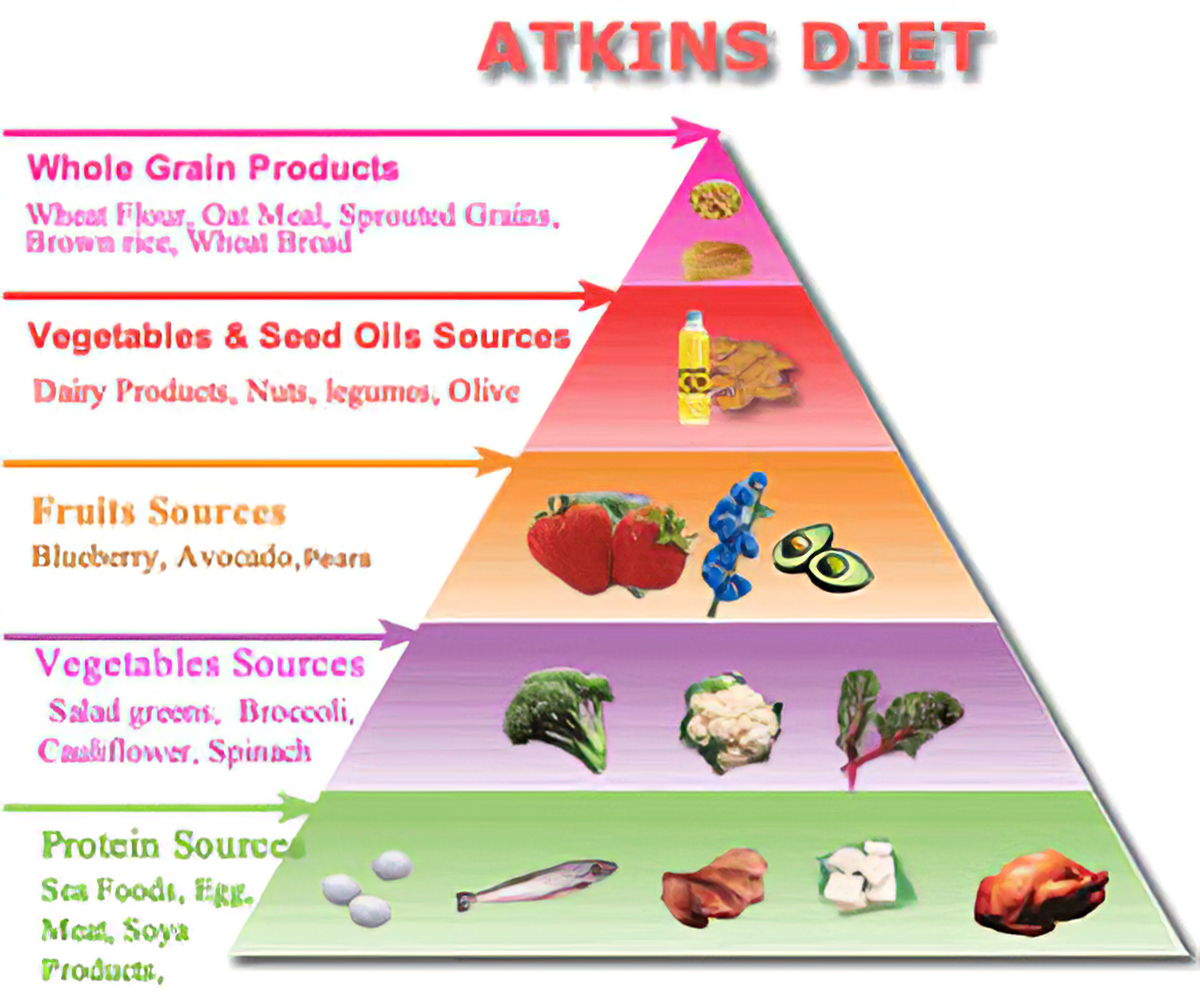
Paleo diet is not believed to prevent heart disease. The benefits of the diet are widely accepted, but some studies have found that there is a link between it and a higher risk of cardiovascular disease. Researchers looked at the effects of diet on arterial distensibility as well as plasma insulin during an oral diabetes tolerance test.
Increased risk for heart disease
A new study found that Paleo significantly raises levels of a blood indicator linked to heart disease. Trimethylamine noxide or TMAO is a naturally occurring organic chemical that is made in the gut. Study of 44 Paleo and 47 traditional Australian participants revealed higher levels of TMAO. This higher level of TMAO can increase your risk of developing heart disease.
Researchers from four Australian institutions discovered that Paleo dieters had elevated levels in a compound which is linked to heart disease. Trimethylamine N-oxide is produced in the gut by bacteria and is related to the development of heart disease. Paleo diets are also associated with lower levels of beneficial bacteria. However, further research will be required to establish the role of this decreased carbohydrate intake on heart health.
Increased risk for inflammation
There is a connection between a Paleo diet and heart disease. Paleo eaters have higher levels of interlukin-10 which is a signaling molecules released by immune cells. Researchers believe that a lower interlukin-10 level could predict a higher rate of heart disease. Researchers believe that high levels interlukin-10 can counter inflammation and protect blood vessels. However, further research is required to confirm the connection.

Paleo means that you avoid grains, legumes, vegetable oils, and other processed foods. This diet is heart-healthy, but high in fat. It contains both saturated as well as trans fats. It is also often very expensive. Paleo can be expensive for some because of the high amount of meat and dairy. For those with lower incomes, the high price of these meats could be deterring.
Increased risk of kidney disease
Paleo is popular among health-conscious individuals, but it has its drawbacks. The diet emphasizes meat, which is high in cholesterol. Paleo also discourages the intake of refined sugars which are full of empty calories. These sugars are also linked to obesity, diabetes, and heart disease. The Paleo diet forbids legumes, and encourages meat consumption.
The Paleo diet not only increases fiber intake but also lowers waistline. High levels of fiber help lower cholesterol. Egg yolks are a common food source of phosphorus and should be avoided. Egg whites are the better choice for renal health, as they provide high-quality protein. A lot of water can help decrease the protein levels in your urine. But, there is always the possibility of developing kidney disease.
Higher risk of developing heart disease in women
Paleo is a popular diet for many reasons. It has many heart-healthy and beneficial benefits. It is based upon the Mediterranean diet and Nordic diets. Because it has a high amount of animal fat, it is also high in trans and saturated fats. High levels of beef consumption are associated with increased heart disease risk. Paleo is not for everyone. Paleo can also be expensive for low-income persons.
Studies show that saturated fats and cholesterol are not associated with an increased chance of heart disease in Paleo-eating women. While Paleo does allow for some elimination of junk food, it does not eliminate saturated fat. A recent review of the nutritional lines associated with heart disease concluded that there was insufficient evidence to link saturated fat to heart problems. A paleo diet contains fewer vegetables than the standard diet but still includes plenty of fruits and vegetables.
Gut bacteria effects

A new study has shown that Paleo may have a lower risk of obesity and heart disease. In the study, researchers compared TMAO levels of Paleo-followers and non-paleo followers. Research showed that high-protein diets supported the growth and survival of good bacteria as well as reducing the number of pathogenic microbes. A high-protein diet can increase the risk of micronutrient deficiencies and decrease gut health, as well as lead to chronic diseases.
Researchers also discovered a strong correlation between TMAO levels in blood and a person’s diet. The results showed that a greater intake of animal-based proteins, such as fish and meat, led to an increase in TMAO levels in the blood. In this study, the participants' blood levels of TMAO were nearly twice as high as those of the controls. Researchers also discovered that vegans had lower TMAO levels compared to paleo-dieters. The researchers also found that participants with carnitine supplements had lower TMAO levels.
FAQ
What are your basic cooking skills
Basic cooking skills include the ability to read recipes and measure ingredients. You need to master these skills if you want to cook for your own meals. Cooking is an excellent way to save money because you don’t have the need to eat out as often.
Are there any free online cooking classes?
Many websites offer free cooking classes. YouTube can be searched for videos showing you how to make different meals. You can find thousands of recipes on certain websites. While you may have to pay a monthly charge, these websites allow you to try out the recipes for 30 days for no cost.
What skills do I need to get into culinary school?
You will need to know how to cook, understand food safety regulations, and be able work under pressure in order to become a chef. Cooking classes can be taken at high schools and community colleges to learn the basics of cooking. After mastering the basics, you'll be able to apply for a job at a catering or restaurant.
Do I need to buy any ingredients to cook?
You don’t always need to buy the ingredients. Many grocery stores carry pre-made sauces and items that can be used as substitutes. However, if you want to save money, then buying pre-made meals can be helpful.
What should a beginner chef learn?
Beginners should begin cooking simple dishes like soup, pasta, and rice. A recipe book or a YouTube video can help you learn how to cook. It's much more fun to cook with someone you know. Have a group of friends cook, or cook together.
Statistics
- In the United States, the category is estimated at $23.2 billion annually and is growing faster than the market. (washingtonpost.com)
- under 10 Kids have been taught that there is special food just for them, and Fiese says that 10 percent of kids will throw a tantrum if they don't get the food they want. (washingtonpost.com)
- According to the BLS, chefs earn $58,740 a year. (learnhowtobecome.org)
External Links
How To
How to cook a steak
The thickness of the meat determines the best cooking method. Thicker steaks can be cooked on a low heat. Thicker steaks need to be cooked at higher temperatures.
Don't overcook them as they will lose flavor. You should always remove the steak from the skillet when it's done. This will prevent you from burning yourself.
Cooking times will vary depending on how large the steak is and what degree of doneness you desire. Here are some general guidelines.
Medium Rare: Cook the meat until it reaches medium rare (63°C). This should take between 3 and 5 min per side.
Medium: Cook until medium, which means the internal temp reaches 160degF (71degC). This usually takes only 6 minutes per side.
Cook well until done. That means that the internal temp reaches 180degF (82degC). This can take between 8-12 minutes per side.